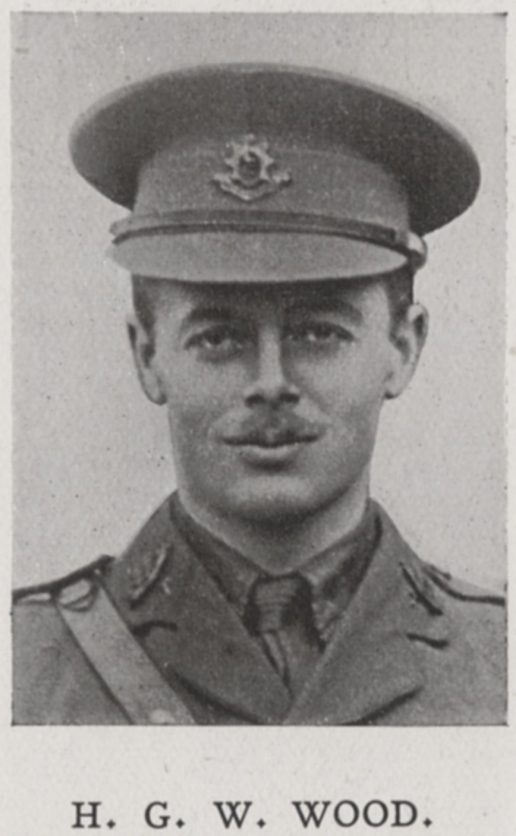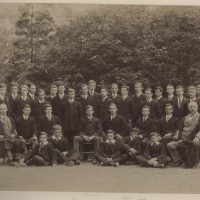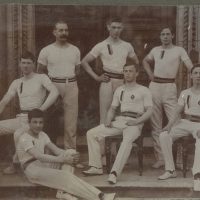Wood, HGW
(1888 - 1918)

Key Facts
DATE OF BIRTH:
27th November 1888
YEARS ATTENDED THE COLLEGE:
1902 - 1909
HOME ADDRESS WHEN AT THE COLLEGE:
102 Woodside Green, South Norwood
REGIMENT
7th Territorial Battalion, Worcestershire Regiment
FINAL RANK:
Captain
DATE OF DEATH:
3rd August 1918
AGE AT DEATH:
29
WHERE HE DIED (or was wounded)
Asiago Plateau
LOCATION OF GRAVE OR MEMORIAL:
Boscon British Cemetery. Plot 2. Row A. Grave 6.
Captain Henry George Westmorland Wood
Born 27th November 1888, Henry was the son of a shipping agent named Thomas Wood, and his wife Mary. In 1906 he was in the Gymnastic VI. He then left School for four terms, but on returning in 1908 again took his place in the Gymnastic VI and captained it in 1909. He was also in the Third XV. On leaving he went up to Peterhouse, Cambridge, and after taking his degree in 1912, joined the staff of Messrs. Thos. Webb & Sons, Stourbridge. Later he went to Germany to perfect his knowledge of the language and to study the business system in that country. He took a commission in the Officers Training Corps in 1911 while at Cambridge, and subsequently joined the Worcestershire Territorials, with whom he was in camp on the outbreak of war. He left with his battalion for France in March 1915 and remained on active service abroad continuously till his death. He took part in many actions in France, and was slightly wounded in the battle of the Somme in July 1916. In May 1915 he was promoted to Lieutenant and Captain in June 1916. In 1917 he joined the Intelligence Corps and was mentioned in despatches. On his regiment being sent to Italy he left his staff appointment in order to join it. In the battle of the Asiago Plateau on 18th June, 1918 when the Austrians were driven back he was awarded the DSO “For conspicuous gallantry and devotion to duty during an enemy attack. Though originally detailed as a support company, he saw that the company he was supporting was held up, and immediately went forward and delivered three organised attacks on the enemy, leading his men with the greatest gallantry. He harassed the enemy continuously during the night, and when the successful advance took place early next morning, he cleared a large portion of the front line and consolidated quickly. His company captured 100 prisoners and six machine guns.” He was killed in action during a bombardment on the Asiago Plateau on 3rd August, 1918. His elder brother Thomas, a fellow OA, had been killed at Loos in September 1915.

